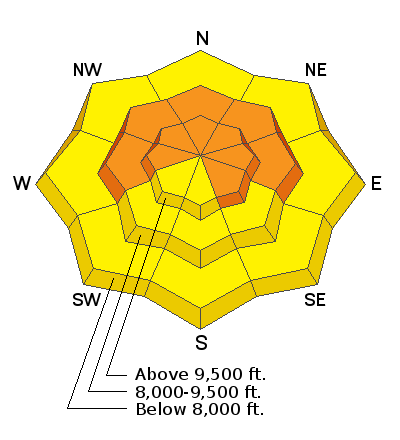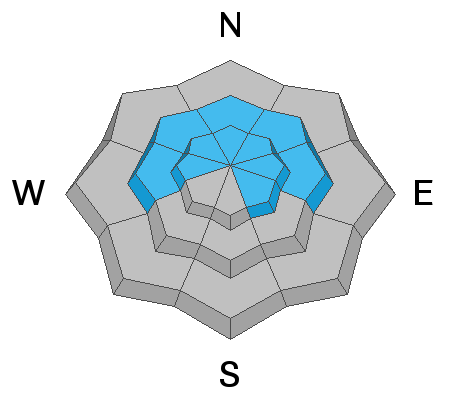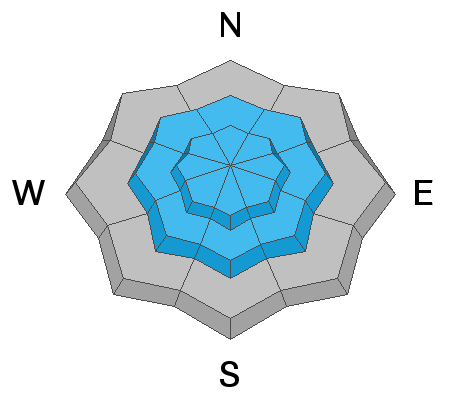With great sadness, the Utah Avalanche Center reports that a 57-year old skier, Kurt Damschroder of Park City, was killed Saturday in a backcountry avalanche off of Square Top Peak, located on the Park City Ridgeline. The final accident report can be found
HERE. Our thoughts go out to those affected by this tragic accident, especially the family and friends of Kurt.
Well, I suppose I was wrong about yesterday's weather and storm details (the cold front had me excited). It wasn't the first time I was wrong; won't be the last... Let's try this again. Under a cool northwest flow today, we should see snow showers lingering through about mid-morning followed by clouds and possibly some clearing by late in the day. We could pick up an additional 1-3" of new snow this am in favored areas.
Yesterday's cold front was exciting; it just didn't keep the snowfall for as long as I thought it would and the Provo Range only picked up a trace to a few inches of snow.
The winds are currently blowing from the westerly direction at speeds of 10-20 mph at many of the upper elevation stations. At 11,000', winds are steady with speeds of 25-30 gusting 45 mph. Mountains temperatures are in the single digits to mid-teens °F. It's cold, and it feels like winter.
It's been an exciting week for avalanche viewing. In total, we've had 54 avalanches reported to the UAC in the past nine days. Please take a few minutes and scan through the
observation cue; it's impressive.
On Tuesday, in the
Provo Mountains in Big Springs, a group of skiers triggered a large avalanche with a slope cut as they considered riding the slope. The avalanche was 2.5' feet deep 150' wide.










